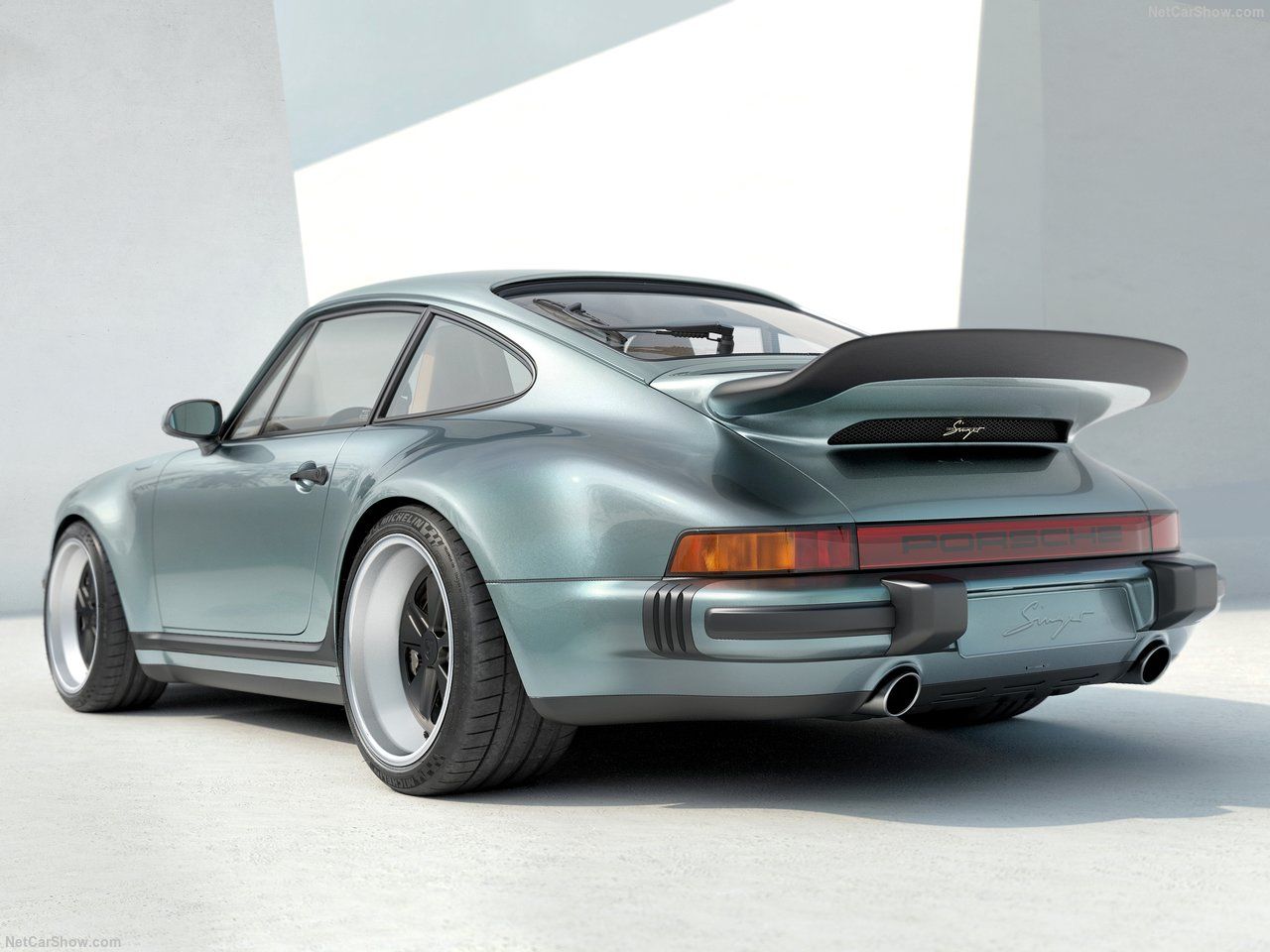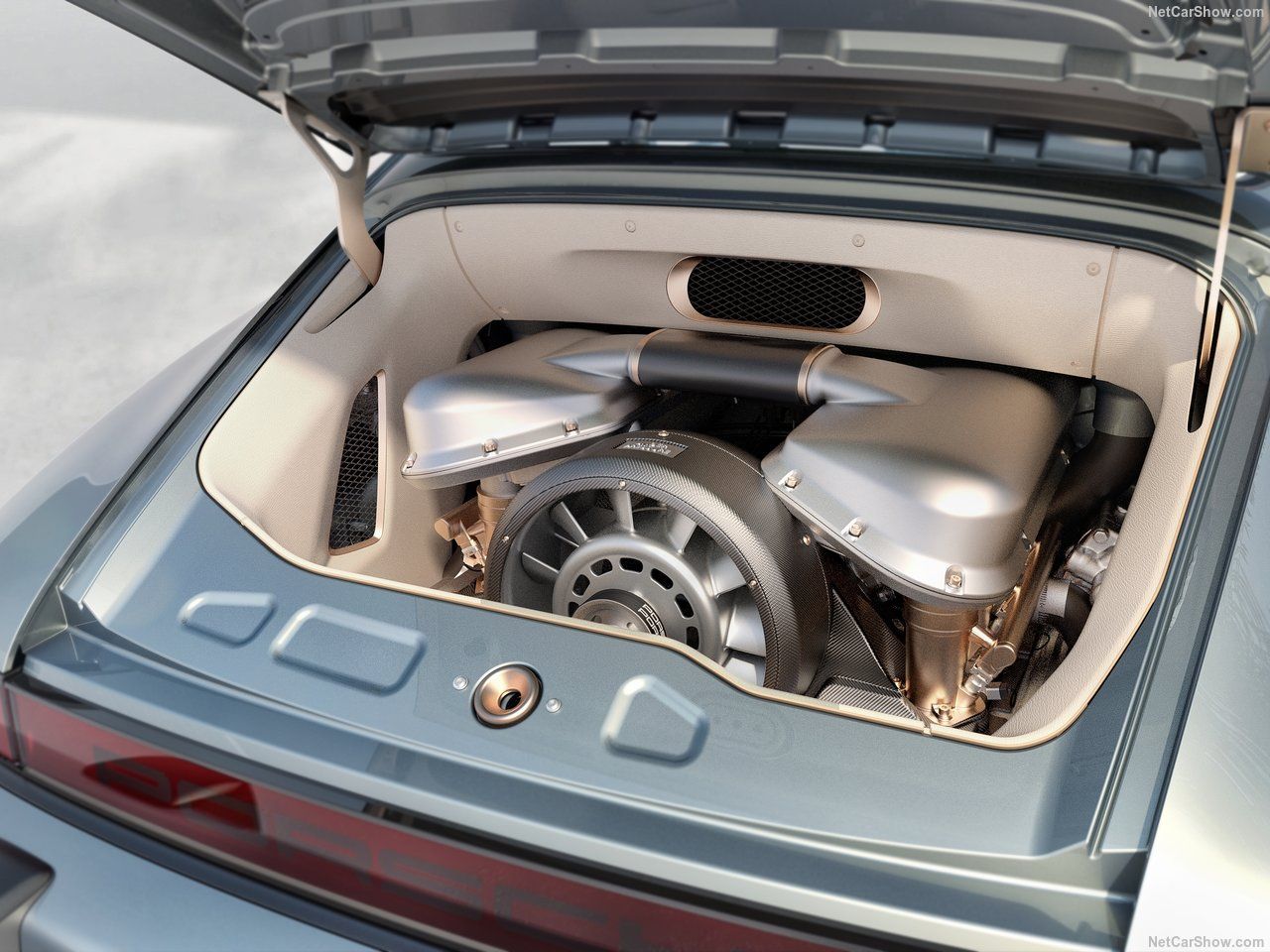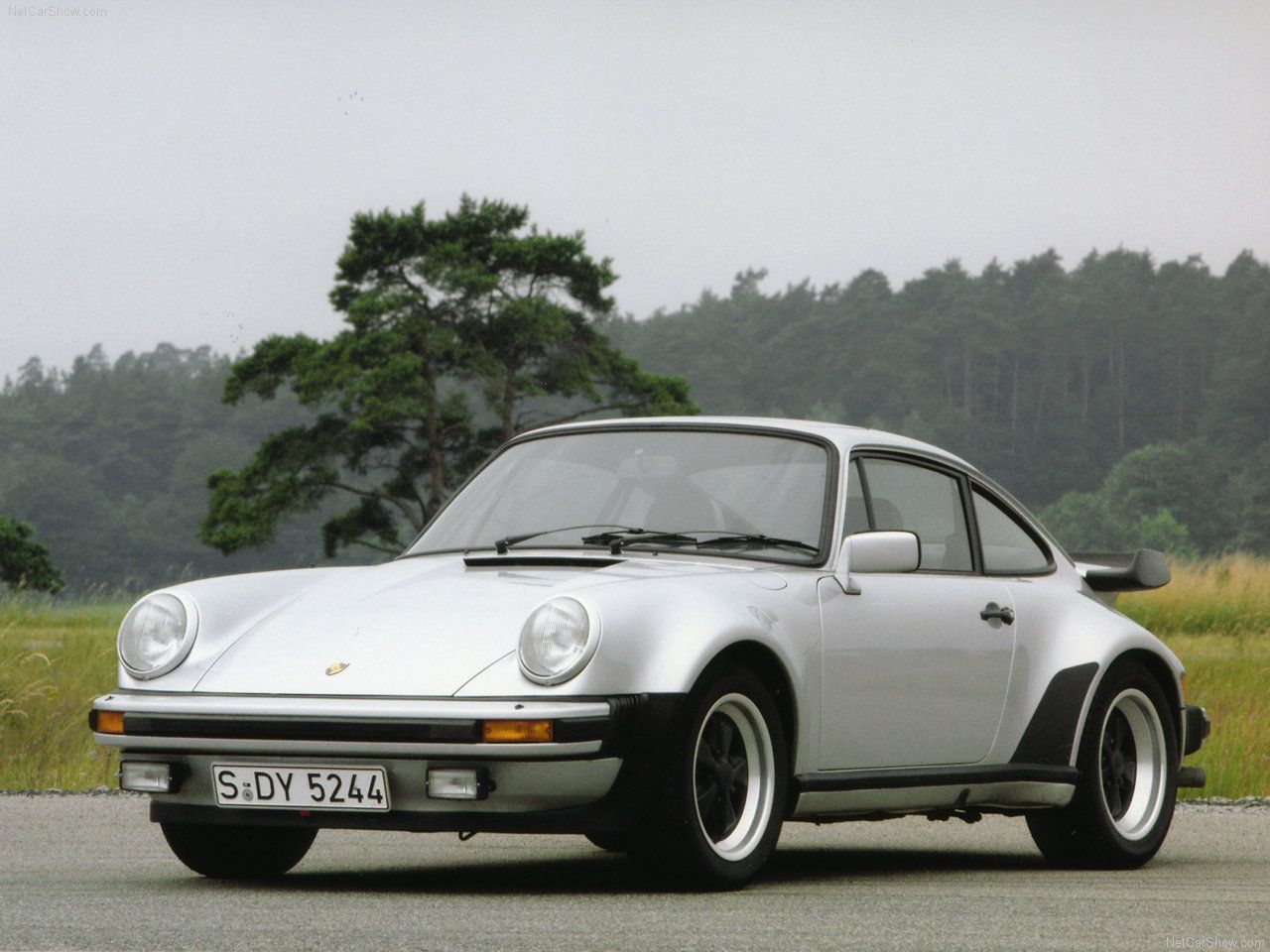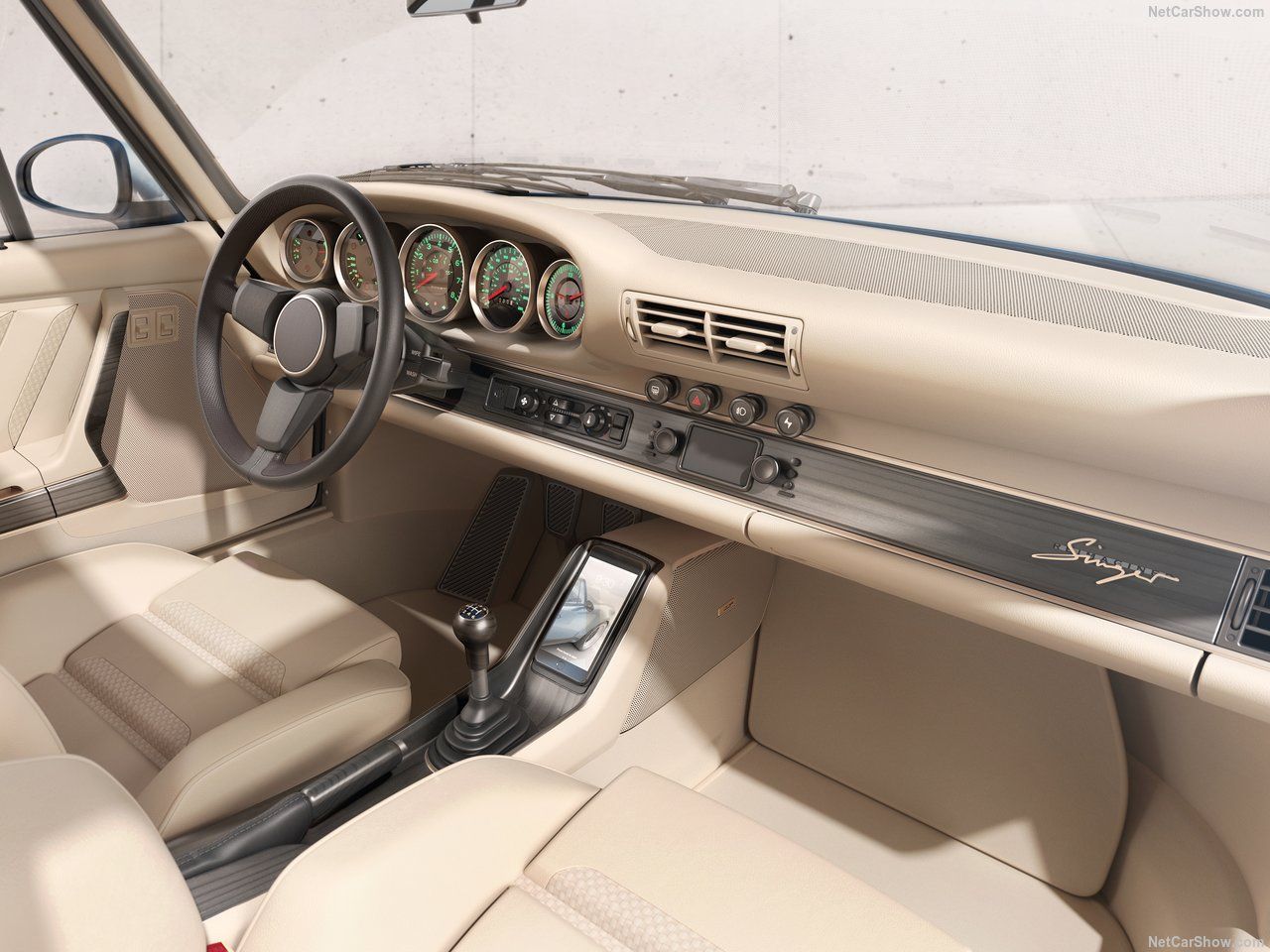If you happen to be from the '70s, and love Porsches, it's highly unlikely you haven't had a poster pin-up of the 911 (930) Turbo. Excruciatingly exotic in the same way Erin Gray was, the 930 Turbo is still among the most celebrated supercars. Most of these classic Turbos, as of today, in pristine condition are sold at auctions or private car dealers for nothing less than $150,000. However, seldom-driven examples could come with saturated fluids, leading to corrosion and wear. Regular, preventive maintenance is likely to blow a hole in your wallet.
A Detailed Look At The Singer Study And The Original
Expect the engine to run for at least 125,000 miles without having to work on the cylinder heads, but not without a good service record. Signs of the turbocharger giving up its ghost will be identified the moment you see blue smoke spewing out of the exhausts upon acceleration - and this invariably means the pipework connected will require replacement too. The clutch will last for as long as 50,000 miles, provided the driver hasn't had lead in his feet throughout ownership. Replacing the clutch isn't cheap either - and that brings us to Rob Dickinson's latest magnum opus: the Singer 911 Turbo Study.
This modern interpretation of the original 911 Turbo is the result of Rob's dream for the forward-thinking luxury and sportscar buyer. It may look like a Hollywood actress who has aged over time, but there's more to it - this baby is ready to take on any new supercar from our generation. The Wolf Blue car here, genuinely belongs to someone. With the 911 Turbo Study, Singer's wants to blend performance with luxury. The bodywork comprises lightweight carbon fiber, and don't even get us started on how this thing looks. Two words: spectacularly gorgeous. Those bulging wheel arches, the rear fender stone guards, the Fuchs wheels and the 'tea tray' spoiler are details that hark back to the original.
"The customer is also given the option of bumping-up horsepower - only if he knows his onions from his beetroots when it comes to rear-engined cars of course."
Instead of the original 3.3-Liter turbocharged engine from the 930 Turbo, the new Singer Turbo Study is powered by a 3.8-Liter twin-turbocharged, intercooler flat-six producing 450hp, with power being channeled to the rear wheels through a 6-speed manual gearbox. All Singer's 911 engines start life as a Type 964 911 engine, but the Turbo Study is an evolution of the Mezger air-cooled flat-six, pumped-up to 3.8-Liters - and not to mention, the pair of turbos strapped on with an electric wastegate, the bespoke intercoolers, and what were once rear fender stone guards, have now been designed for proper air intake. The customer is also given the option of bumping-up horsepower - only if he knows his onions from his beetroots when it comes to rear-engined cars of course.
If our memory serves us right, Singer had showcased an ADW Classic Study back in 2014, and this means the production version can be had as an all-wheel-drive version as well. The entire frame of the 911 Turbo Study has been re-imagined from a modern perspective - and yes, the body is made from carbon fiber. The design is a stark inspiration of the original, but the aesthetic and performance comply with what's trending in the market.
With the aid of forced induction, Singer Vehicle Design will also extract more performance and will alter the driving experience to suit the taste of the customer by adjusting the suspension and giving the car some go-options to choose from, like turbo-specific brakes and a custom sports exhaust system. And then there's traction control that comes standard on all Singer cars. The cabin is just as breathtaking to behold as the exterior. Singer's 911 Turbo Study gets wrapped in Malibu Sand upholstery with Black Forest wood accents, giving it the retro look it deserves. The leather seats are electrically adjustable and come with a heating function, plus cruise control is offered.
Which One Do We Like More?
Let's face it. The original 911 Turbo is irresistible to a large extent; it's like a pretty woman from the 70's that's traveled through time. She's soft-spoken, humble, homely and loyal. There are certain dimensions to the original car like the Sisal floor mats, the Porsche-branded cassette stereo, the six-digit odometer, the smell of petrol inside the car and so on and so forth. But what about the squeaks and leaks? Is today's supercar collector willing to settle for that? We're afraid not - and that's where Singer's Turbo Study cuts the mustard, with its application of reliable mechanicals and modern technology.

.jpg)



